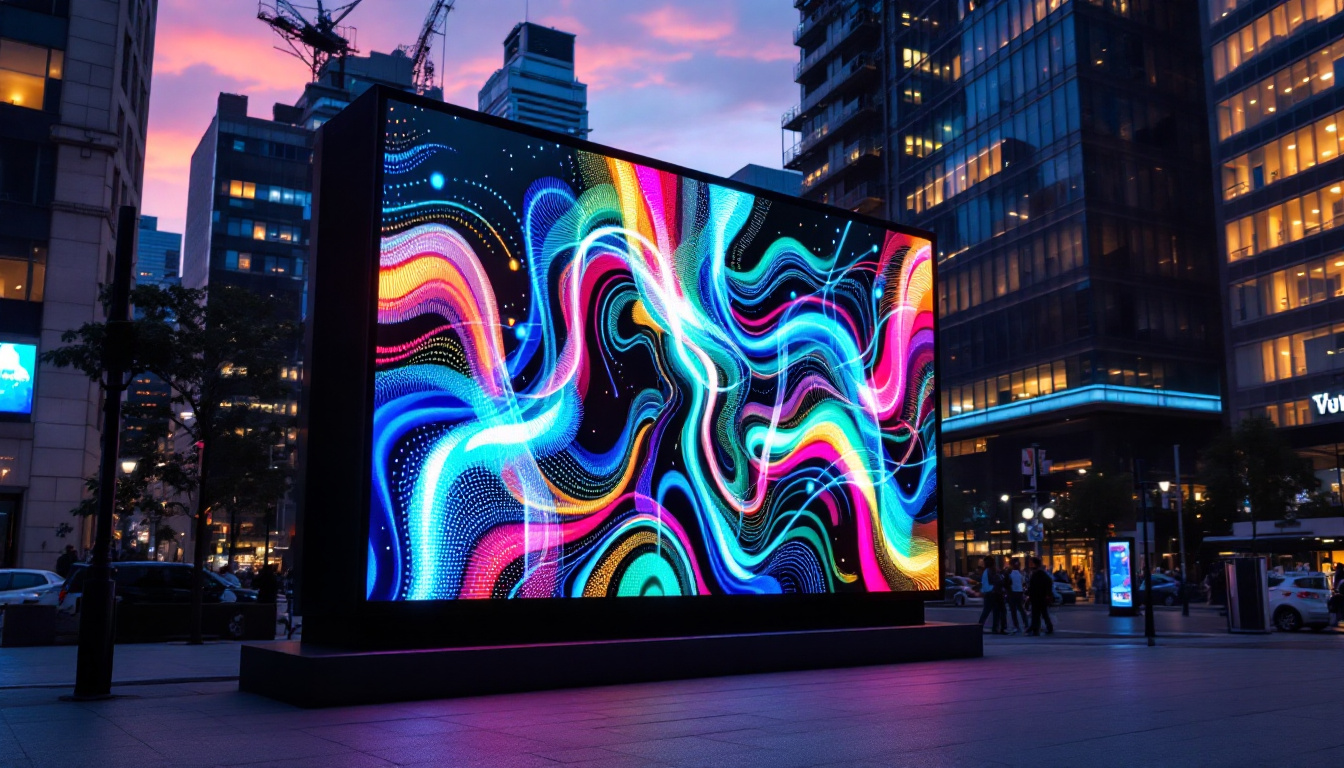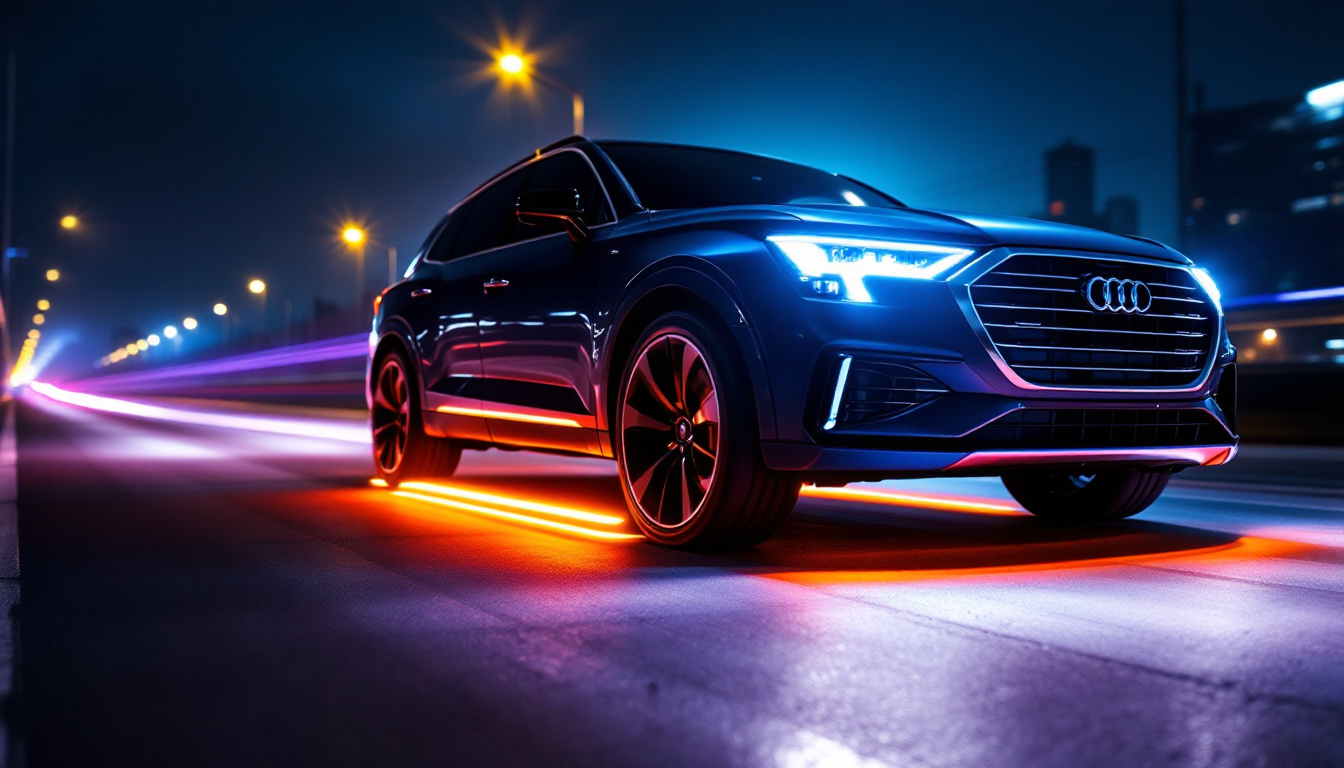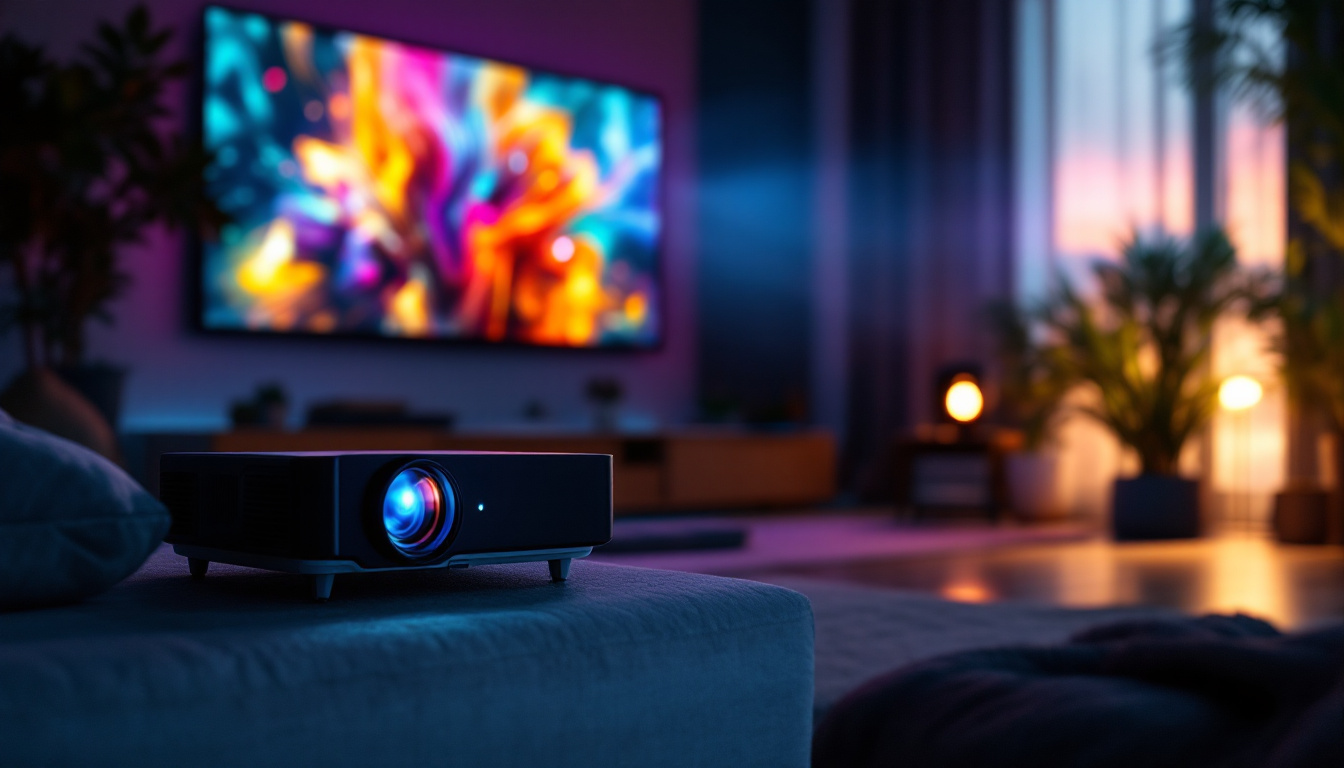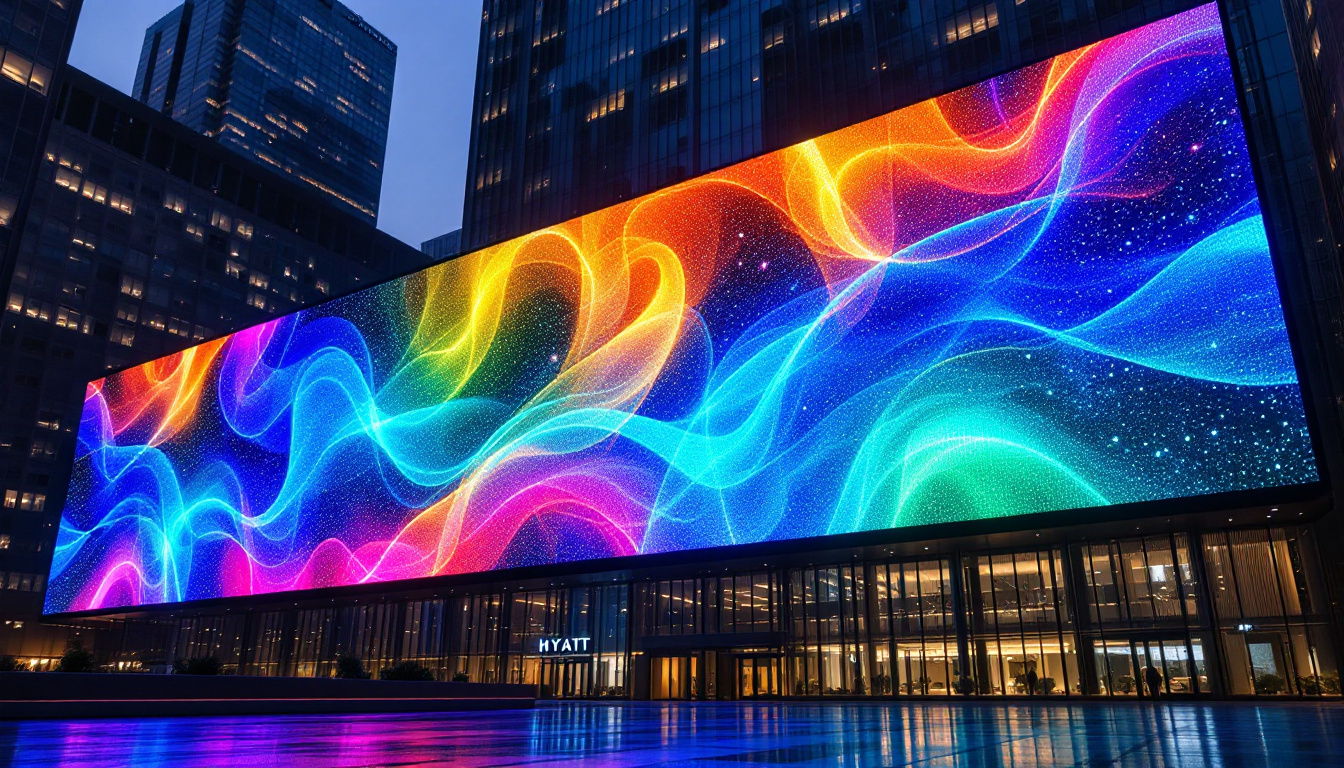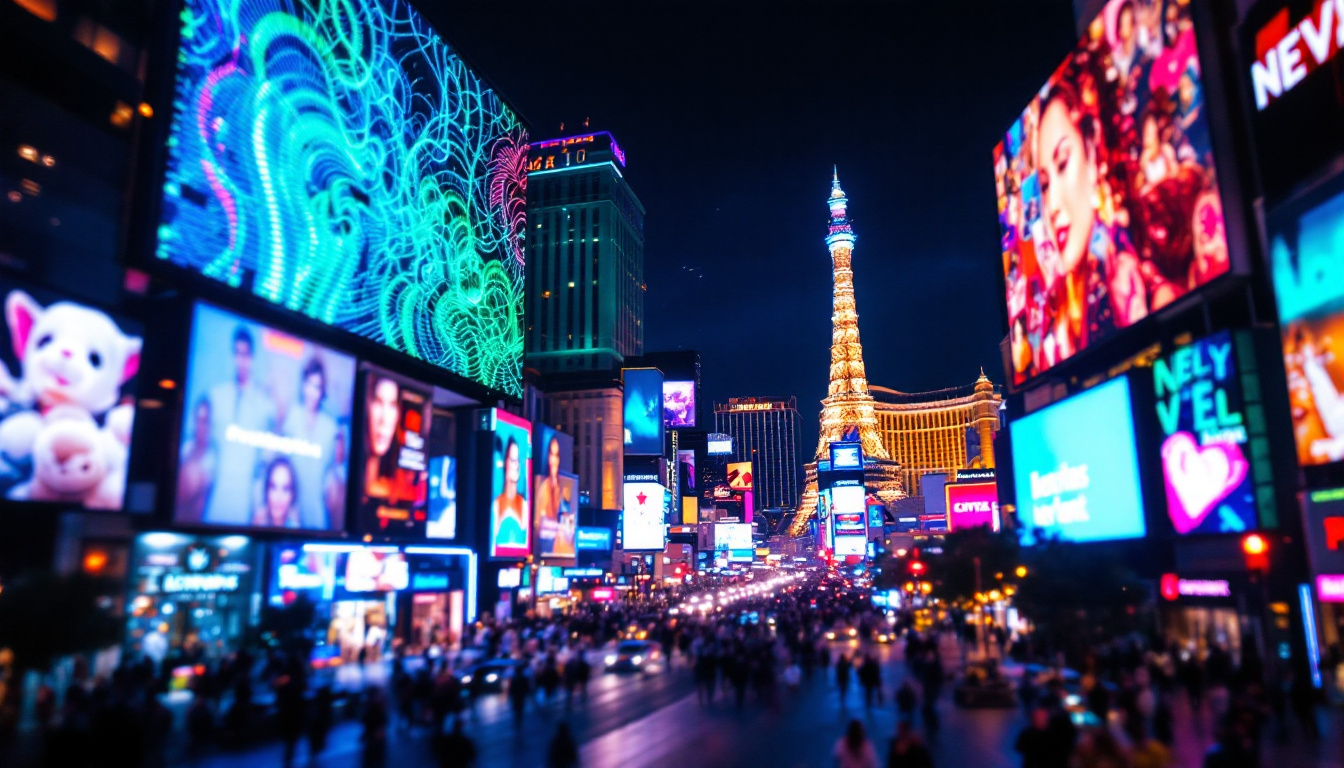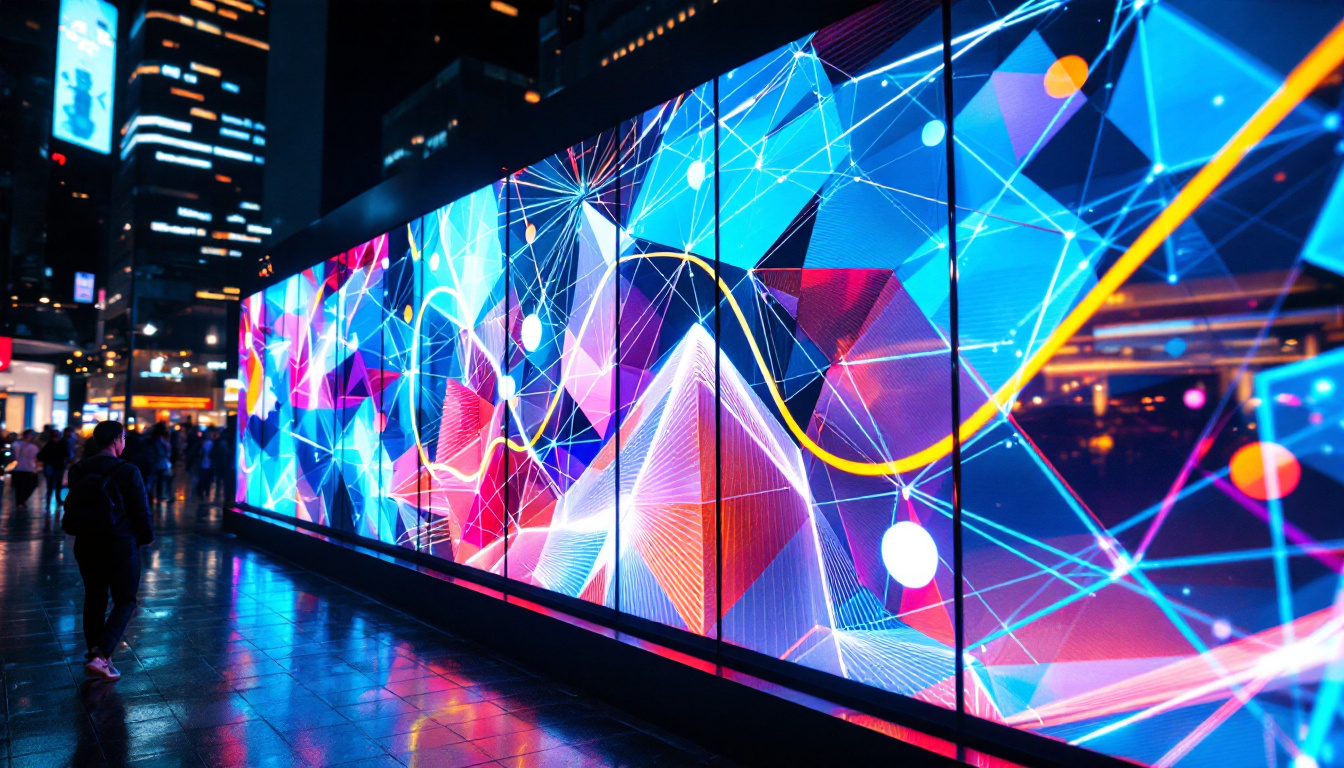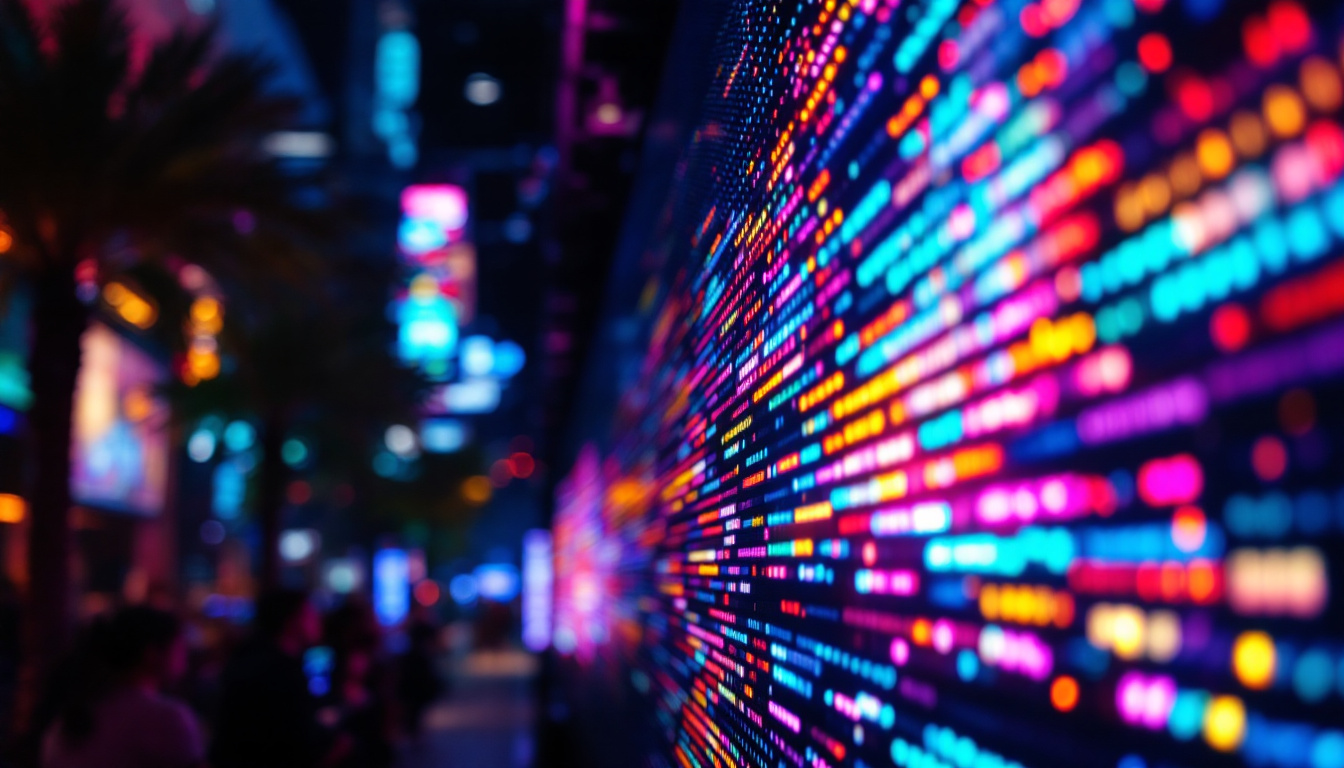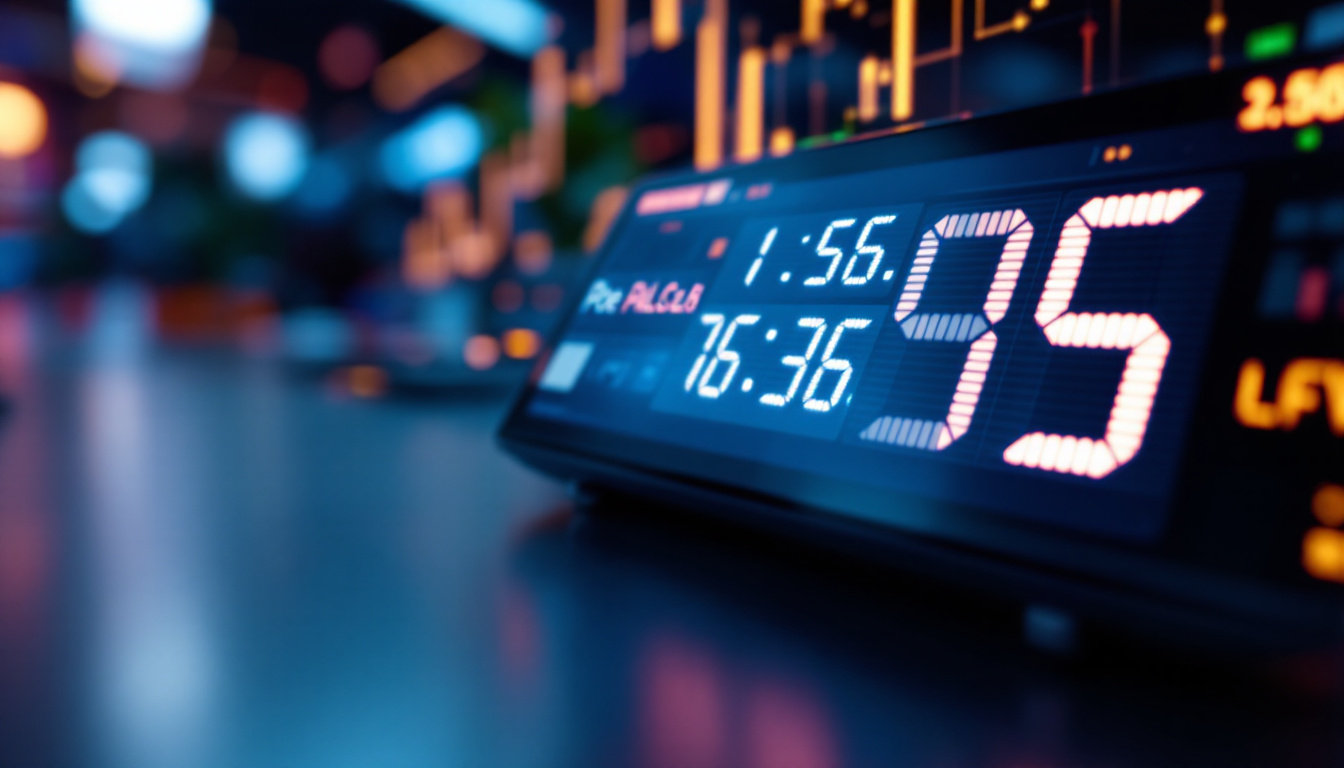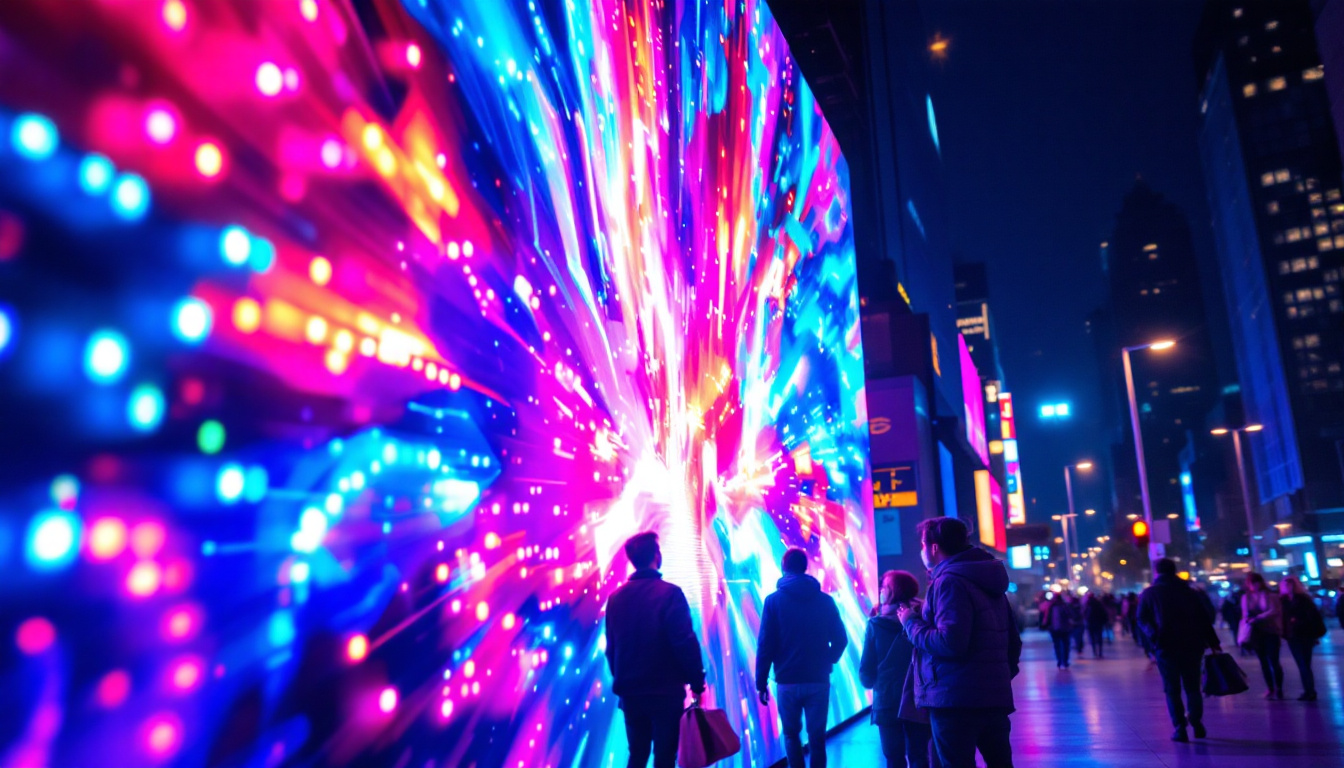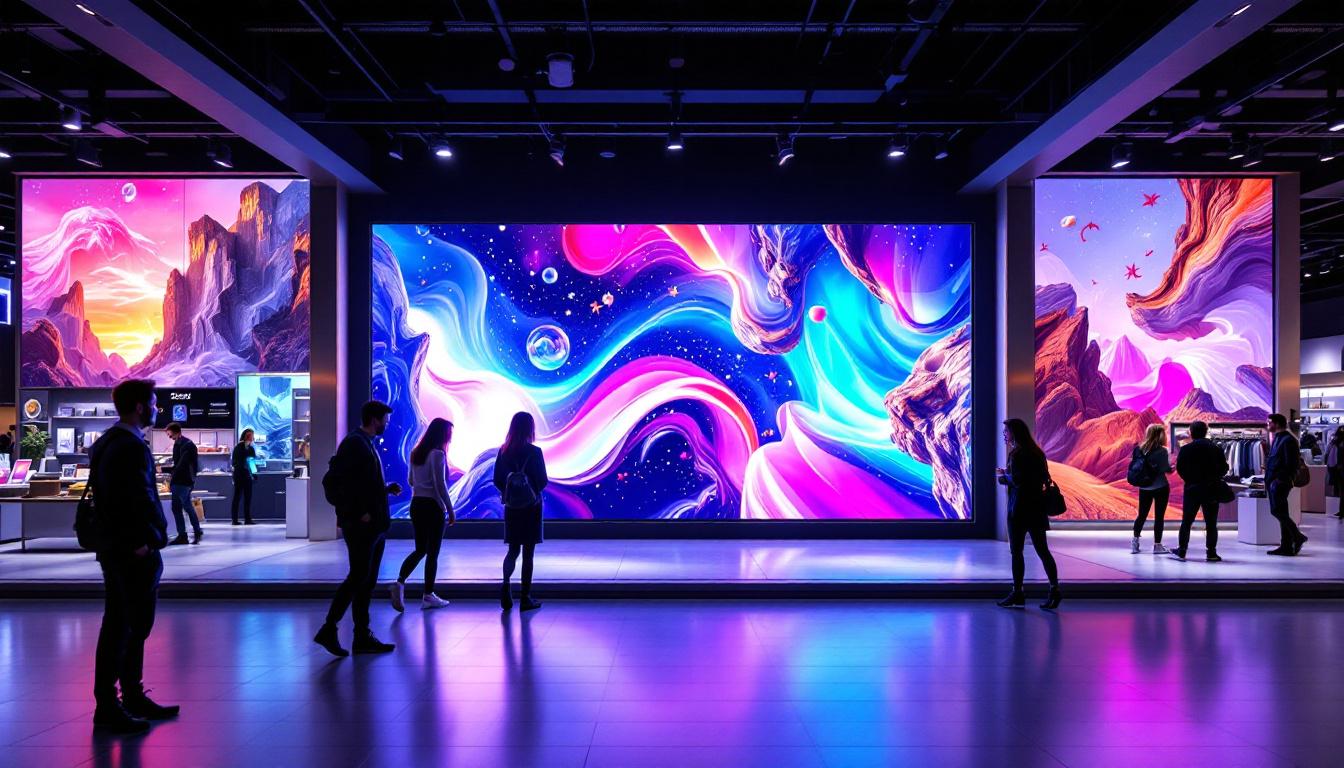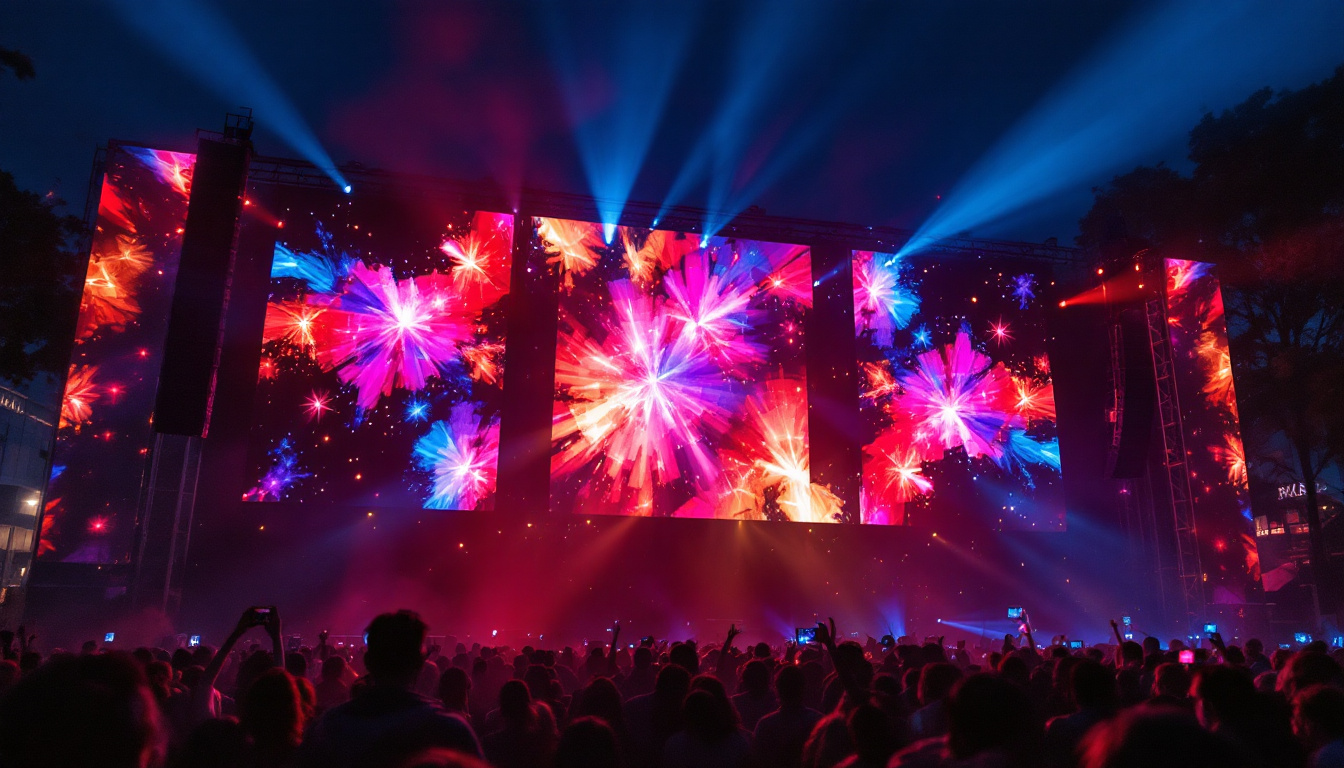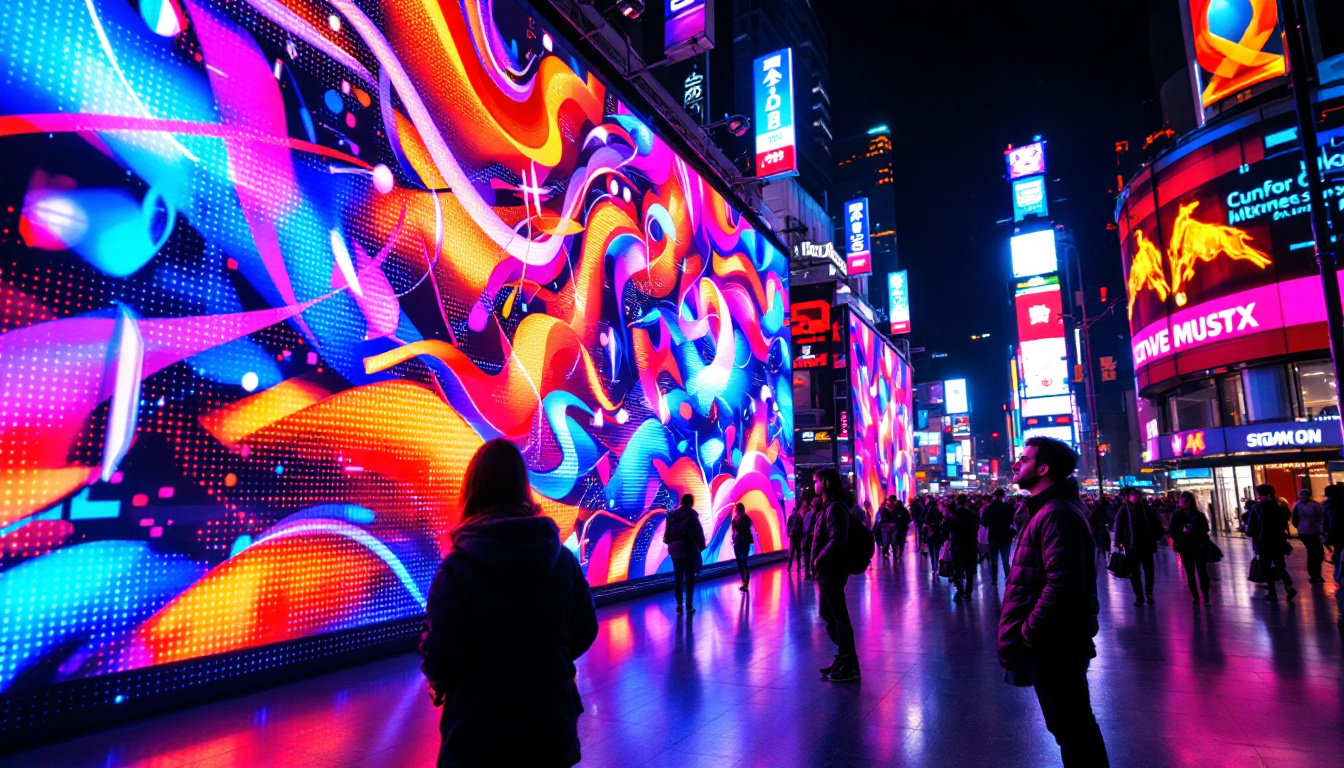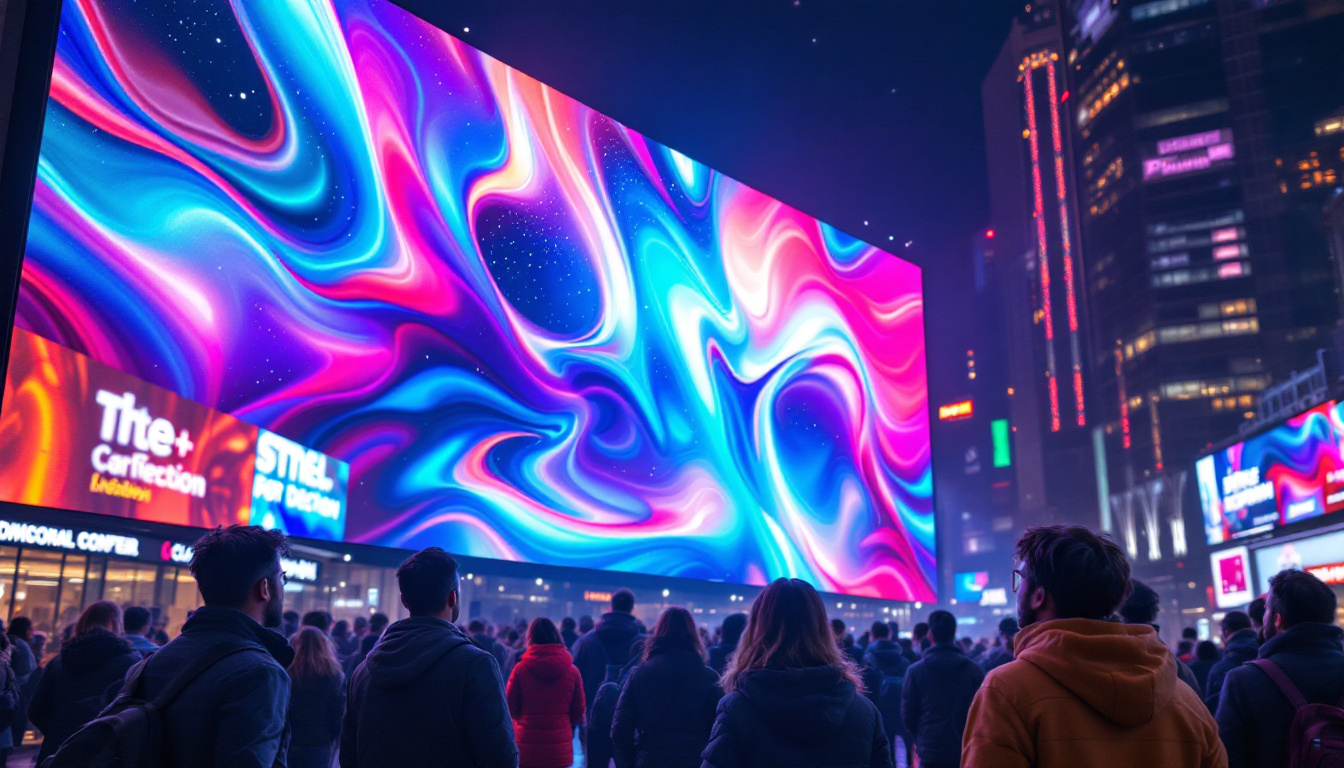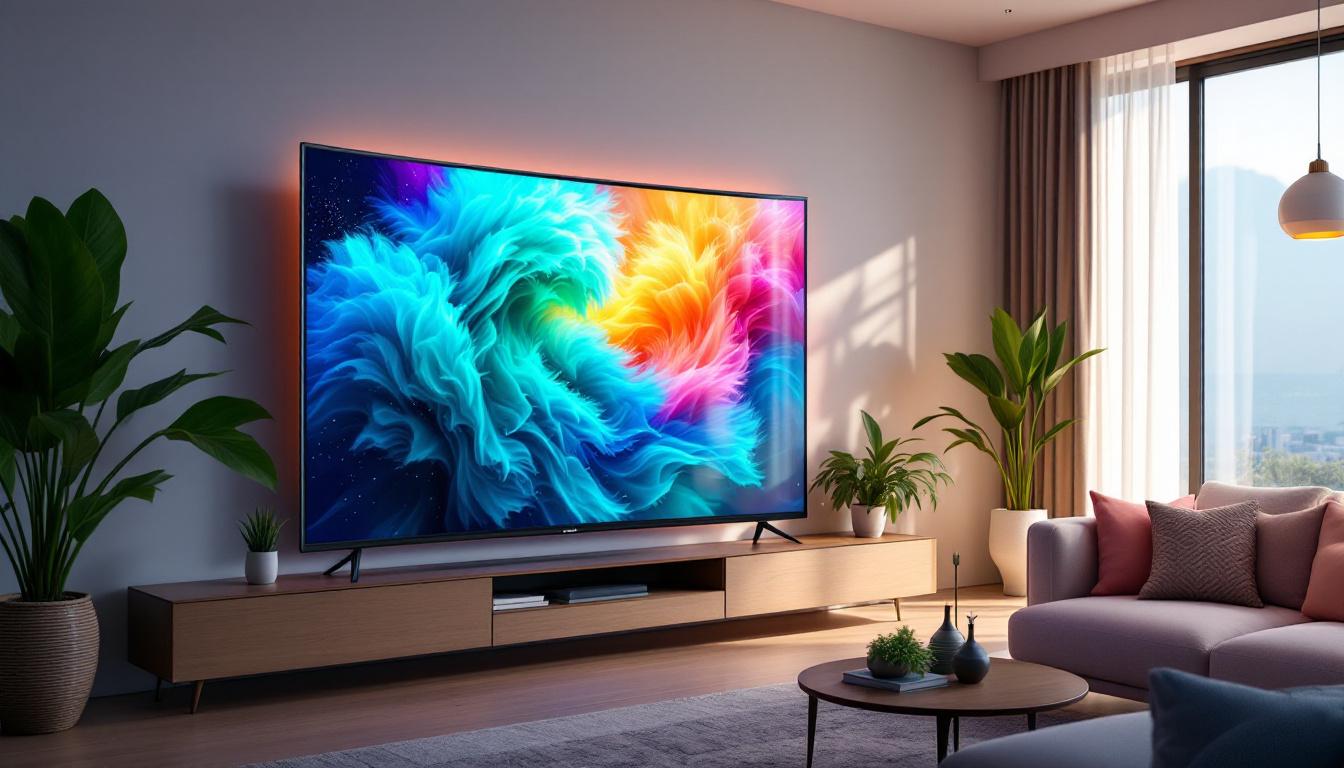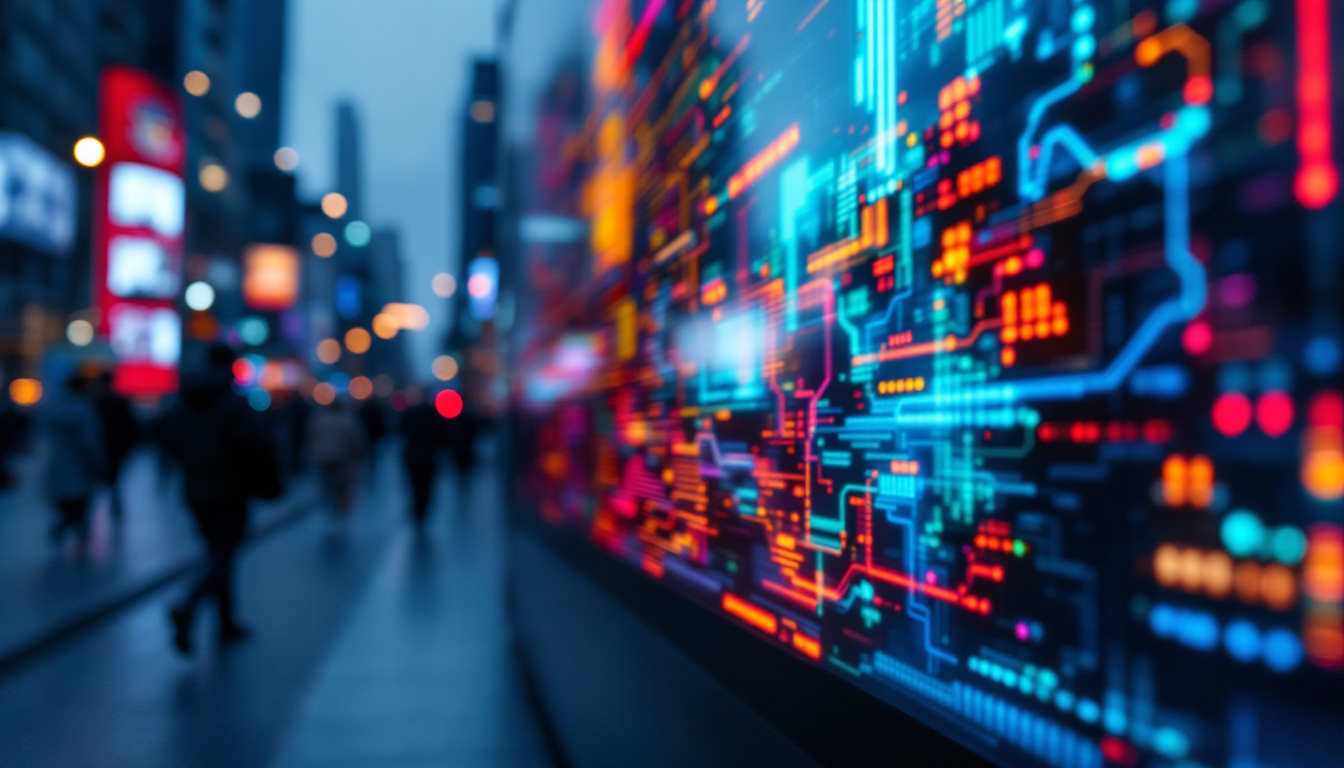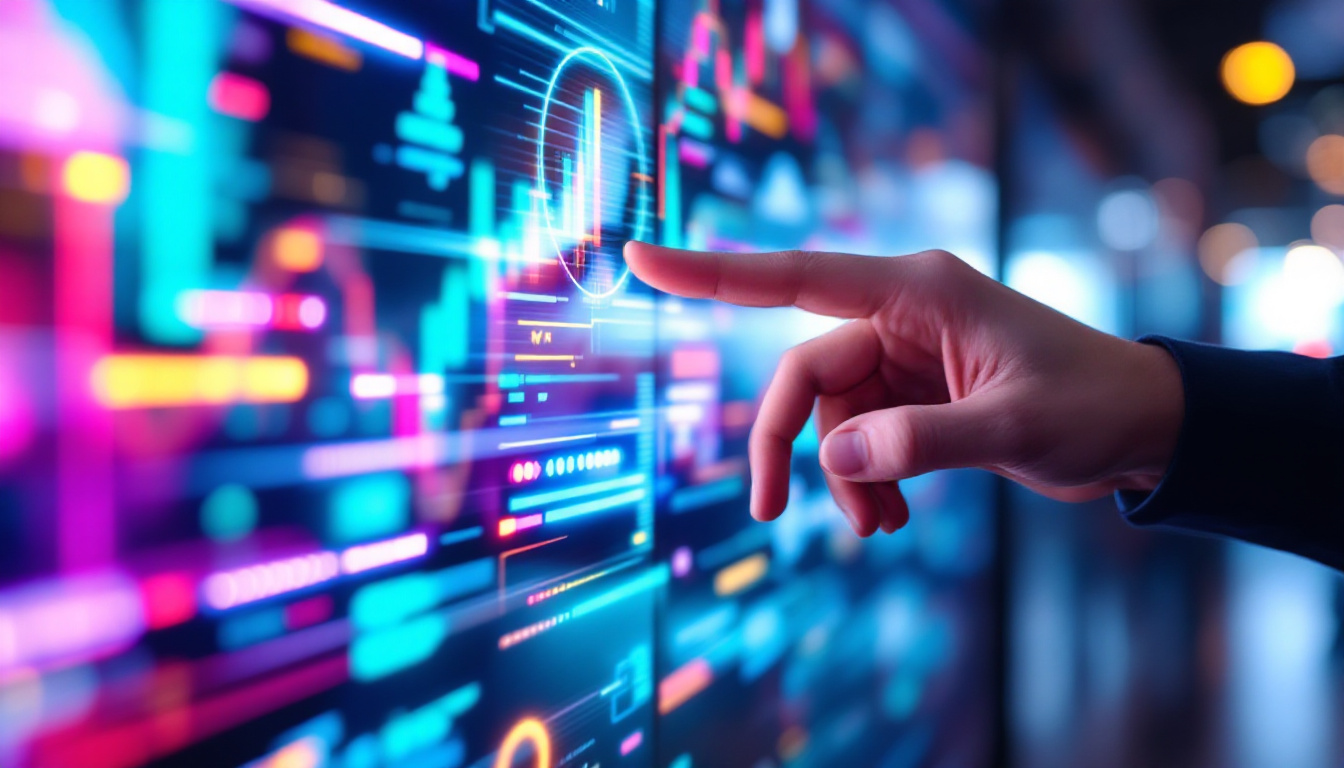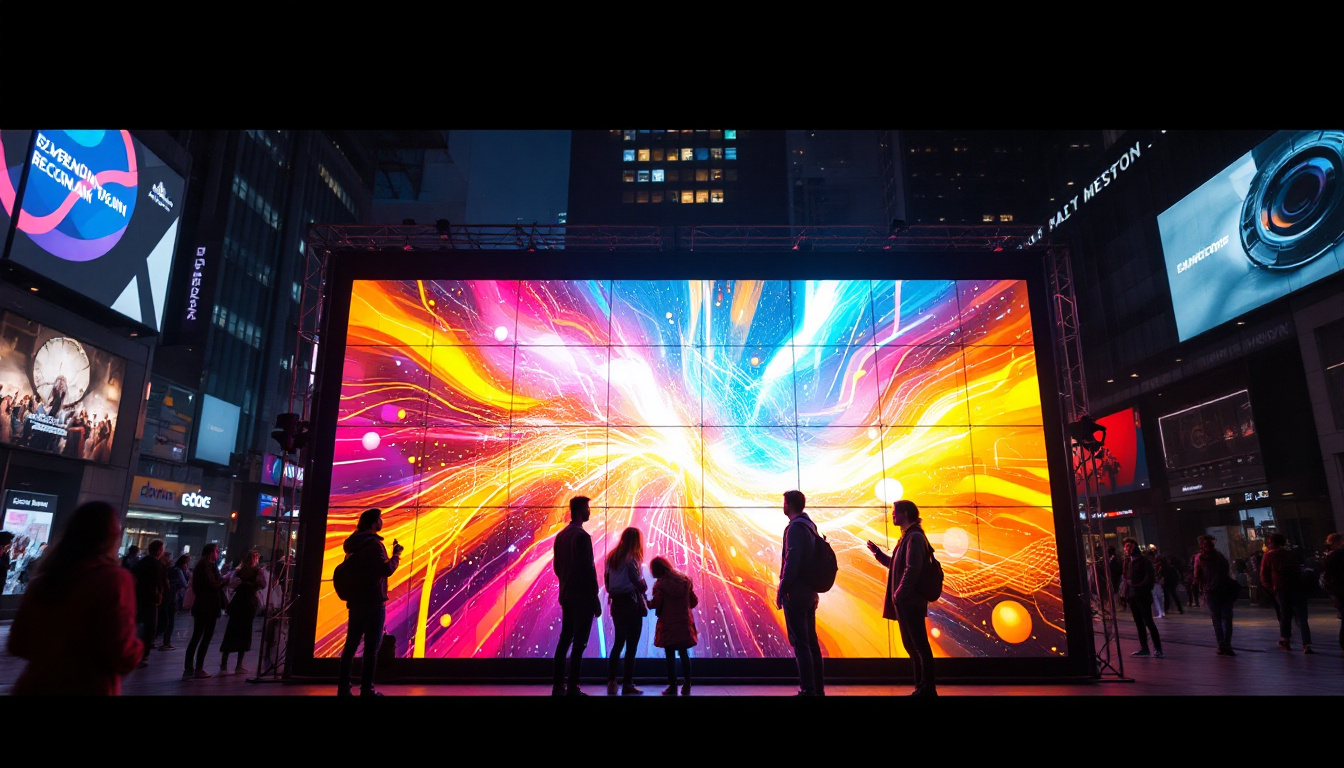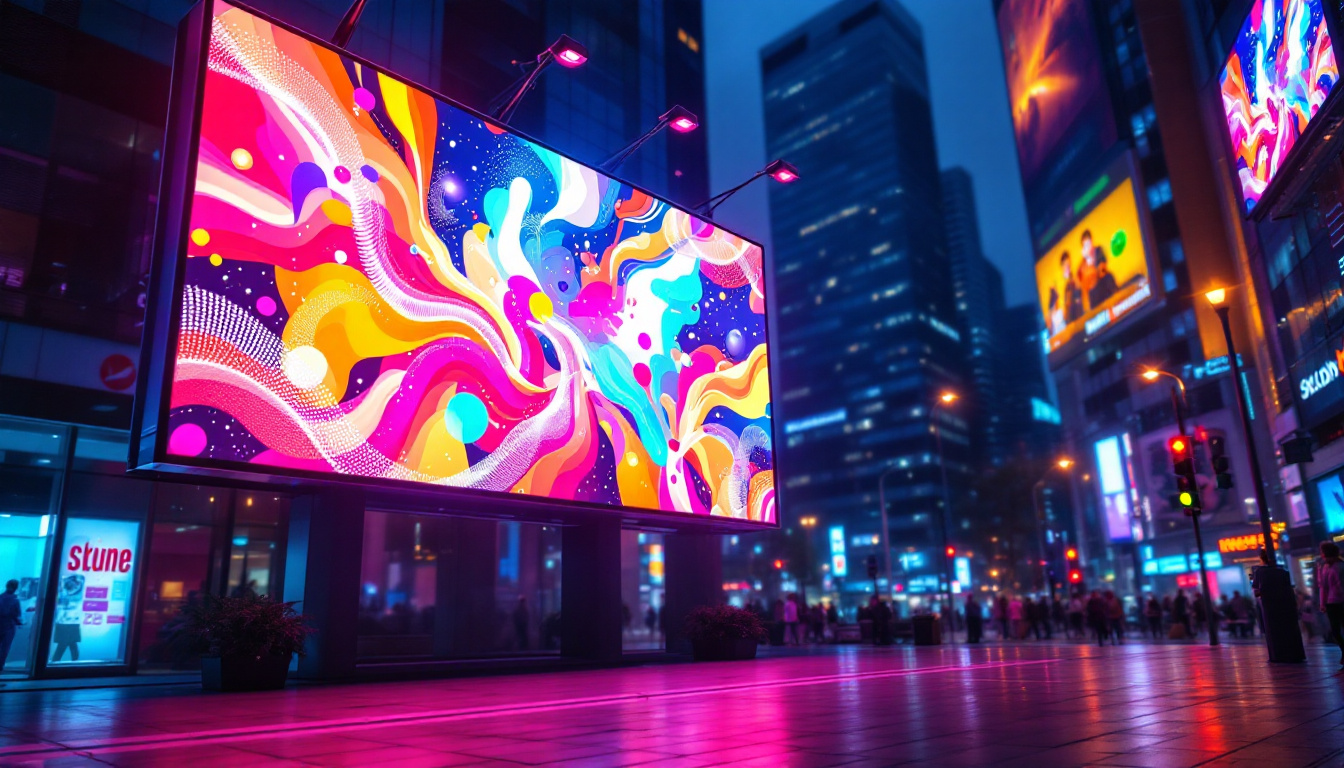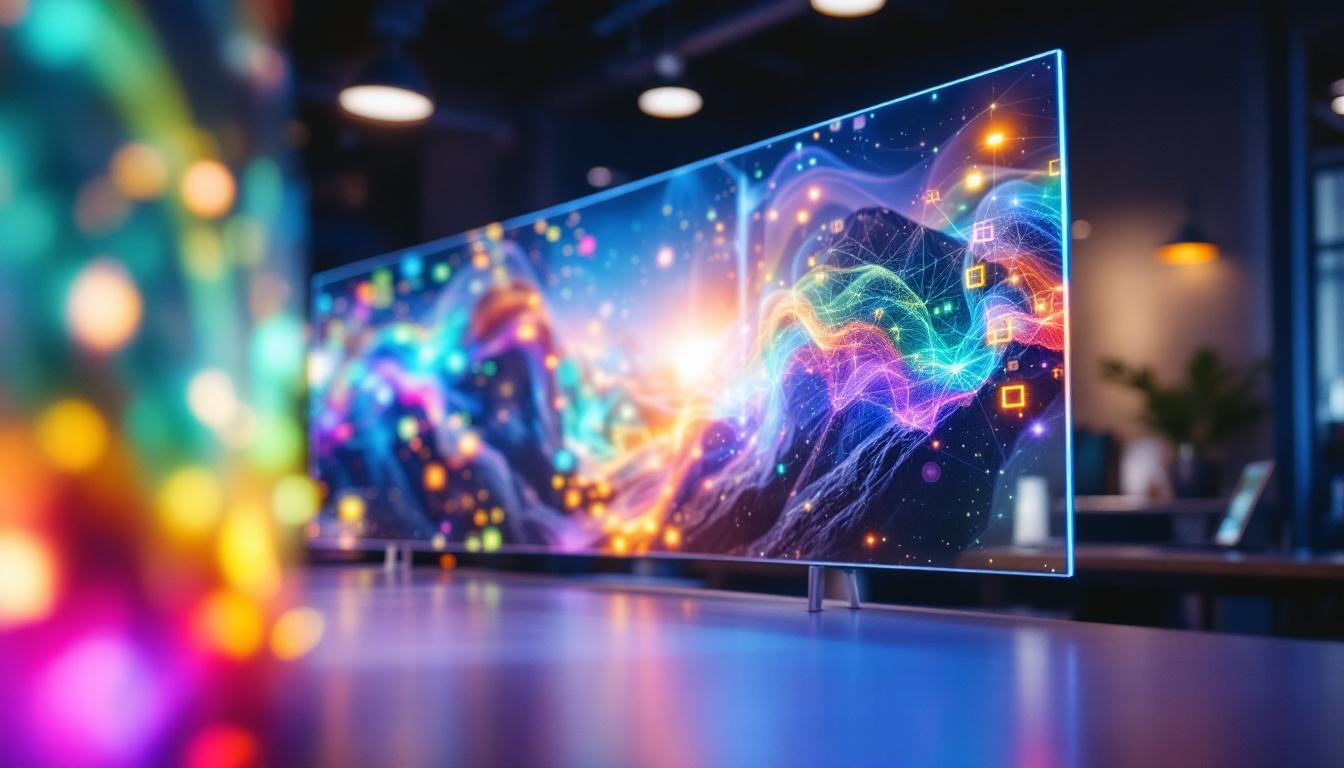In the realm of modern technology, LED displays have emerged as a prominent feature in various applications, from advertising billboards to home entertainment systems. This article delves into the intricacies of LED displays, exploring their functionality, advantages, and the technology behind them. Understanding how LED displays work can enhance appreciation for their role in our daily lives and the future of visual technology.
Understanding LED Technology
LED stands for Light Emitting Diode, a semiconductor device that emits light when an electric current passes through it. This technology has revolutionized the way we perceive visual content, offering brighter, more vibrant displays compared to traditional lighting methods. The adoption of LED technology has not only enhanced the aesthetics of our environments but has also contributed significantly to energy efficiency, making it a preferred choice for both residential and commercial applications.
The Basics of LED Operation
At its core, an LED consists of a chip made from a combination of materials, typically gallium, arsenide, or gallium phosphide. When electricity flows through the chip, electrons recombine with holes, releasing energy in the form of photons, which we perceive as light. This process is highly efficient, producing minimal heat and allowing for a compact design. As a result, LEDs can last significantly longer than traditional incandescent bulbs, often exceeding 25,000 hours of use, which means less frequent replacements and reduced waste.
Types of LED Displays
LED displays come in various forms, each suited for specific applications. The most common types include:
- Direct View LED: These displays are composed of individual LED modules that form a larger screen. They are widely used in outdoor advertising due to their high brightness and visibility.
- LED Backlit LCD: In this configuration, LEDs are used to illuminate an LCD panel from behind. This combination offers improved contrast and color accuracy compared to traditional fluorescent backlighting.
- Organic LED (OLED): OLED technology uses organic compounds to emit light, allowing for thinner displays and better color reproduction. They are popular in high-end televisions and smartphones.
Additionally, there are also specialized LED displays such as MicroLED and MiniLED, which push the boundaries of display technology even further. MicroLED technology utilizes tiny, self-emitting LEDs that can create stunningly high resolutions and vibrant colors, making it a strong contender for next-generation televisions. MiniLED, on the other hand, enhances traditional LCD displays by using smaller LED backlights, providing better local dimming and contrast ratios. These innovations highlight the ongoing evolution within the LED space, catering to the growing demand for superior visual experiences in both consumer and professional markets.
Advantages of LED Displays
LED displays have gained popularity due to several inherent advantages. These benefits make them a preferred choice for both commercial and residential applications.
Energy Efficiency
One of the most significant advantages of LED technology is its energy efficiency. LED displays consume considerably less power than traditional incandescent or fluorescent displays. This efficiency not only reduces electricity bills but also contributes to a lower carbon footprint, making LED displays an environmentally friendly choice. Moreover, many LED displays come equipped with smart technology that can adjust brightness based on ambient light conditions, further optimizing energy usage and extending the lifespan of the display.
Longevity and Durability
LED displays are designed to last longer than their counterparts. With a lifespan of up to 100,000 hours, they require less frequent replacements, which can lead to cost savings over time. Additionally, LEDs are more resistant to shock and vibration, making them suitable for various environments, including outdoor settings. This durability is particularly beneficial for businesses that rely on continuous operation, as it minimizes downtime and maintenance costs. Furthermore, many LED displays are constructed with weather-resistant materials, ensuring they can withstand harsh conditions such as rain, snow, or extreme temperatures.
Brightness and Color Quality
LED displays are known for their exceptional brightness levels, which makes them easily viewable in bright sunlight. This quality is particularly advantageous for outdoor advertising and public displays. Furthermore, LED technology allows for a wider color gamut, resulting in more vivid and accurate color reproduction. The ability to produce dynamic and engaging visuals enhances the viewer’s experience, making LED displays ideal for events, concerts, and exhibitions. Additionally, advancements in LED technology have led to improved pixel density, allowing for higher resolution displays that can convey intricate details and graphics with stunning clarity.
Versatility in Applications
Another compelling advantage of LED displays is their versatility across various applications. From large-scale billboards to small indoor screens, LED technology can be adapted to fit different sizes and formats, catering to diverse needs. This adaptability extends to various industries, including retail, transportation, and entertainment, where LED displays can serve as digital signage, information boards, or artistic installations. The modular nature of many LED systems allows for easy customization and scalability, enabling businesses to expand their displays as needed without significant overhauls.
Low Heat Emission
In addition to their energy efficiency, LED displays emit significantly less heat compared to traditional lighting technologies. This characteristic not only contributes to a more comfortable environment in enclosed spaces but also reduces the need for additional cooling systems, further lowering operational costs. The low heat emission is particularly beneficial in densely populated areas or venues where multiple displays are used in close proximity, as it minimizes the risk of overheating and ensures consistent performance. This feature also enhances the safety of installations, reducing the potential hazards associated with high-temperature equipment.
Applications of LED Displays
The versatility of LED displays has led to their adoption across numerous industries. From entertainment to information dissemination, their applications are vast and varied.
Advertising and Marketing
In the advertising sector, LED displays have become a staple for billboards and digital signage. Their ability to display dynamic content, including videos and animations, captures audience attention more effectively than static displays. Businesses leverage this technology to enhance brand visibility and engage customers in real-time.
Entertainment and Media
LED displays have transformed the entertainment industry, particularly in live events and concerts. Large LED screens are used to project visuals, enhancing the overall experience for attendees. Additionally, television and film production increasingly utilize LED panels for backgrounds and special effects, providing greater flexibility and creativity in visual storytelling.
Public Information Displays
LED displays are also widely used in public information systems, such as transportation hubs and stadiums. They provide real-time updates on schedules, scores, and other essential information, ensuring that audiences remain informed and engaged.
The Technology Behind LED Displays
Understanding the technology that powers LED displays is crucial for appreciating their capabilities. Several key components and processes contribute to their functionality.
Pixel Configuration
LED displays are composed of tiny units called pixels, which are the building blocks of the image. Each pixel typically consists of red, green, and blue (RGB) LEDs. By adjusting the intensity of each color, a full spectrum of colors can be produced. The resolution of an LED display is determined by the number of pixels it contains, impacting the clarity and detail of the displayed image.
Control Systems
Control systems play a vital role in managing LED displays. These systems process input signals from various sources, such as computers or video players, and convert them into a format suitable for display. Advanced control systems allow for real-time updates and dynamic content management, enabling seamless transitions and interactive experiences.
Heat Management
While LEDs are more efficient than traditional lighting, they still generate heat. Effective heat management systems are essential to maintain optimal performance and longevity. Many LED displays incorporate heat sinks and cooling fans to dissipate heat, ensuring that the components remain within safe operating temperatures.
Future Trends in LED Display Technology
The LED display industry is continuously evolving, with new technologies and innovations emerging regularly. Understanding these trends can provide insight into the future of visual technology.
MicroLED Technology
MicroLED is an exciting advancement in LED technology that promises even greater performance. MicroLED displays use microscopic LEDs to create images, allowing for higher resolutions and improved color accuracy. This technology has the potential to revolutionize the display market, particularly in applications requiring ultra-thin and flexible screens.
Integration with Smart Technology
As smart technology continues to gain traction, LED displays are increasingly being integrated with IoT (Internet of Things) systems. This integration enables displays to interact with other devices, providing personalized content and enhancing user experiences. For example, smart LED displays in retail environments can adjust their content based on customer demographics or preferences.
Sustainability Initiatives
With growing concerns about environmental impact, the LED display industry is focusing on sustainability. Manufacturers are exploring eco-friendly materials and production processes to reduce waste and energy consumption. Additionally, recycling programs for old LED displays are becoming more common, promoting a circular economy.
Challenges Facing LED Display Technology
Despite the numerous advantages, LED display technology faces several challenges that need to be addressed for continued growth and adoption.
Cost Considerations
While the cost of LED displays has decreased over the years, they can still be more expensive than traditional display technologies. This initial investment can deter some businesses from adopting LED solutions, particularly in cost-sensitive industries. However, the long-term savings in energy and maintenance costs often justify the upfront expense.
Content Creation and Management
Creating engaging content for LED displays requires specialized skills and tools. Businesses may need to invest in training or hire professionals to develop high-quality visuals that effectively convey their messages. Additionally, managing dynamic content can be complex, necessitating robust control systems and software solutions.
Market Saturation
As the demand for LED displays grows, the market becomes increasingly saturated. This saturation can lead to intense competition among manufacturers, potentially driving down prices and impacting profit margins. Companies must differentiate their products through innovation, quality, and customer service to thrive in this competitive landscape.
Conclusion
LED displays represent a significant advancement in visual technology, offering numerous benefits and applications across various industries. Their energy efficiency, longevity, and superior color quality make them a preferred choice for businesses and consumers alike. As technology continues to evolve, the future of LED displays looks promising, with innovations like MicroLED and smart integration paving the way for even more exciting developments.
Understanding the intricacies of LED displays not only enhances appreciation for their capabilities but also highlights the importance of ongoing research and development in this dynamic field. As the world becomes increasingly visual, LED technology will undoubtedly play a crucial role in shaping our experiences and interactions with digital content.
Explore Cutting-Edge LED Display Solutions with LumenMatrix
As you consider the vast potential and the transformative impact of LED display technology, LumenMatrix invites you to experience the pinnacle of visual innovation. Our extensive range of LED display modules, including Indoor and Outdoor LED Wall Displays, Vehicle LED Displays, LED Poster Displays, LED Sports Displays, Floor LED Displays, Custom LED Displays, All-in-One LED Displays, and LED Transparent Displays, are designed to bring your vision to life with unparalleled brightness, clarity, and color quality. Embrace the future of visual communication and check out LumenMatrix LED Display Solutions to elevate your brand and captivate your audience like never before.

